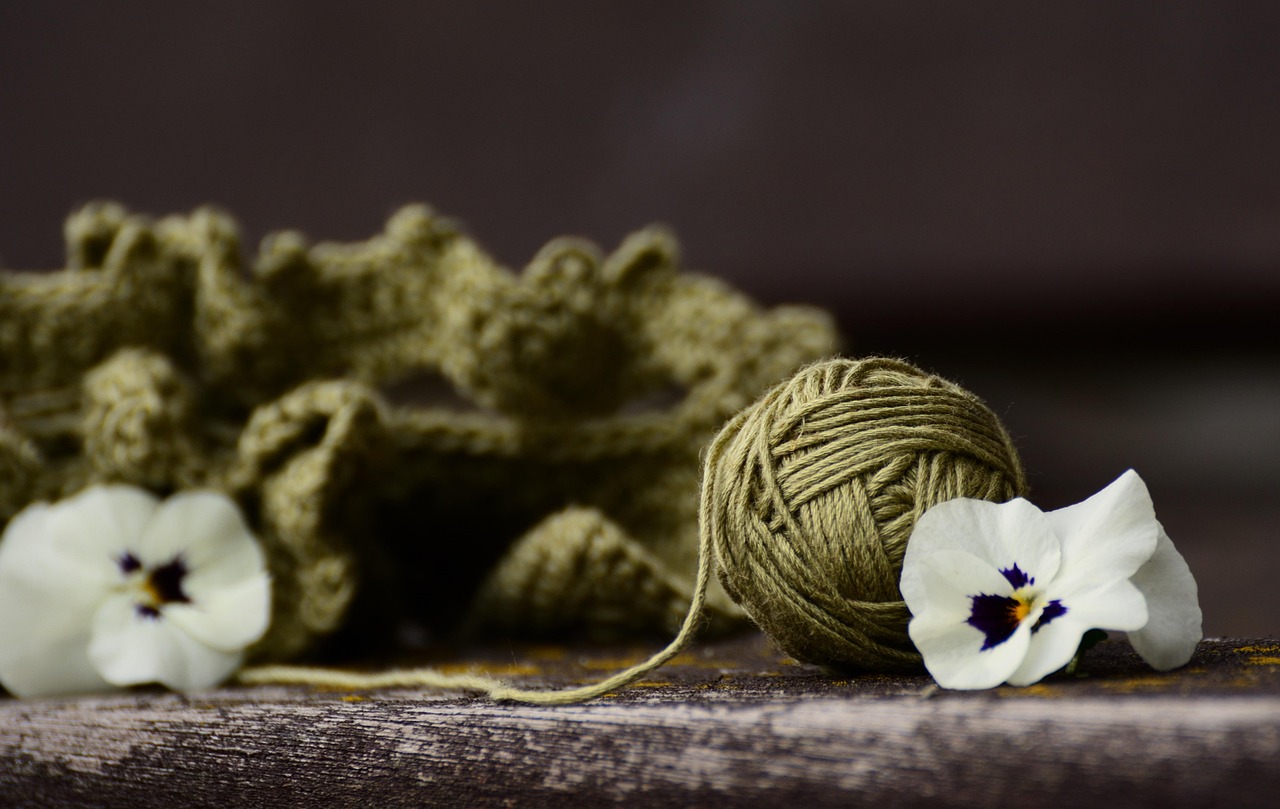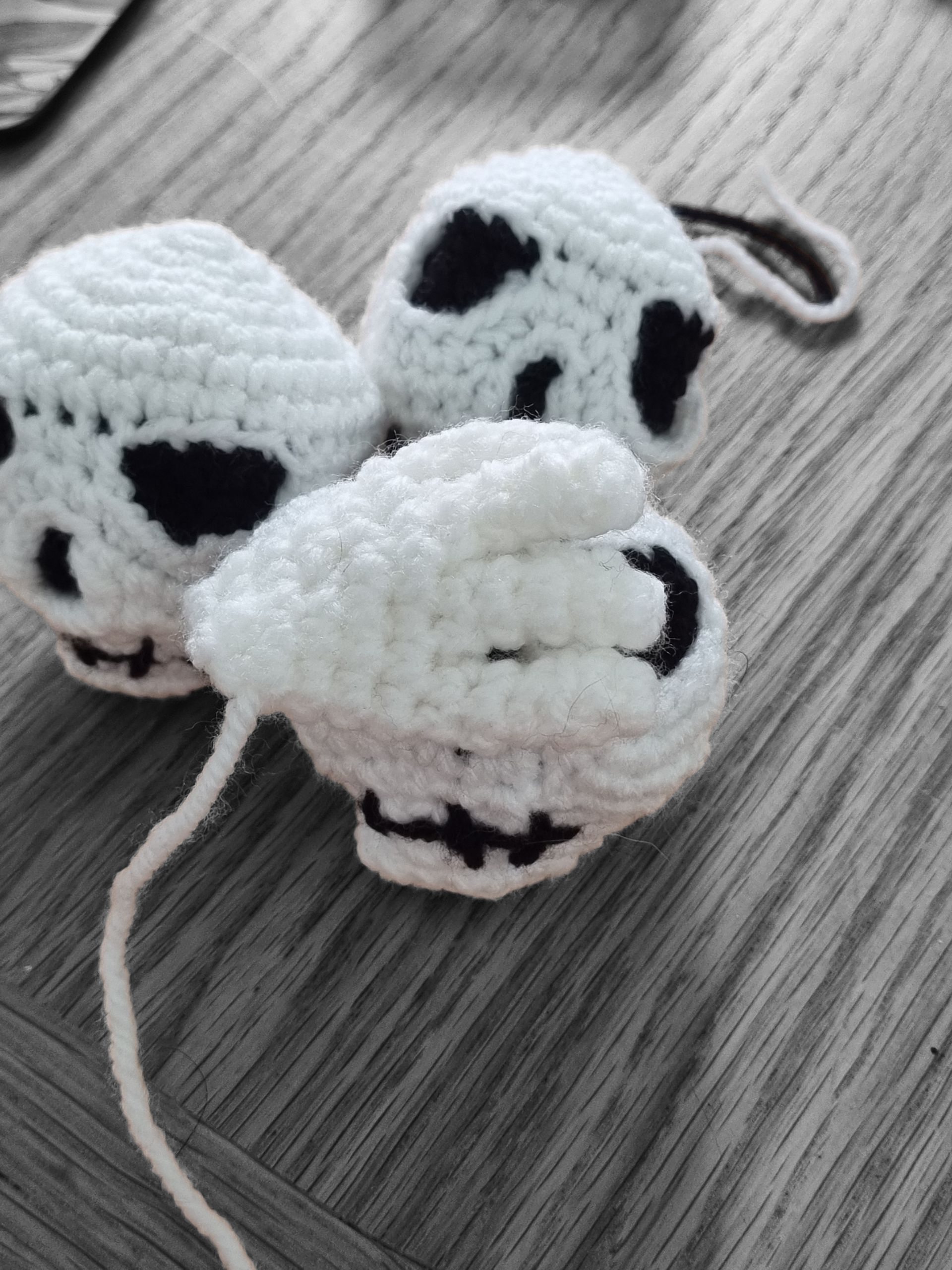Have you ever looked at a crochet pattern and felt like it was written in a secret code? You’re not alone! One of the most confusing parts of starting crochet is learning to read patterns—and that means getting comfortable with crochet abbreviations. Don’t worry, it’s not as tricky as it looks, and once you learn a few common terms, you’ll start reading like a pro. Of course, the trickier part if doing the stitches, but thankfully there are some tutorials for that too.
Why Are Crochet Abbreviations Used?
Crochet patterns use abbreviations to keep instructions clear and concise. Imagine trying to read “single crochet into the next stitch” 100 times—abbreviations make patterns shorter, easier to follow, and faster to write. It’s like shorthand writing to condense the instructions, similar to quick texting.
UK vs US Terms – Know the Difference!
Here’s the slightly tricky part: crochet terms differ between the US and UK systems. This is frustrating, we know, why can’t people just agree on the same terms, right? Well, they haven’t yet and instead we get some slight differences. But, thankfully, most patterns state which version they are written in, and hopefully so do the video tutorials too. 😅
Quick Comparison Table:
| Stitch Name | US Term | UK Term |
|---|---|---|
| Chain | ch | ch |
| Single Crochet | sc | double crochet (dc) |
| Half Double Crochet | hdc | half treble (htr) |
| Double Crochet | dc | treble crochet (tr) |
| Treble Crochet | tr | double treble (dtr) |
🧠 Tip: At Liziloulovecraft, I mostly use US terms—even though I’m from the UK, as most patterns I learned had US terms.
Common Crochet Terms (US):
Here are some of the most-used abbreviations you’ll see in beginner-friendly patterns:
ch = chain
sc = single crochet
hdc = half double crochet
dc = double crochet
tr = treble crochet
sl st = slip stitch
st(s) = stitch(es)
sk = skip
rep = repeat
rnd = round
row = row
tog = together (e.g., dc2tog = double crochet 2 stitches together)
inc = increase (usually 2 sts in one st)
dec = decrease (combine 2 or more sts into one)
BLO = back loop only
FLO = front loop only
yo = yarn over
fo = fasten off
Let’s Try a Sample Instruction
Here’s how a basic instruction might look in a pattern:
“CH7, 6sc starting in the 2nd ch from hook, join with a slst (6sts)”
Translation:
– Chain 7
– Starting with the second chain from the hook, single crochet into 6 chains.
– Join the last stitch to the first one using a slip stitch
– You now have 6 stitches total in your round.
Once you get used to the format, it’s like second nature! People are human and often make mistakes in patterns, so don’t fret and ask the author is unsure. There are also many forums you can join to ask for help should you not understand a pattern or find an issue you can’t figure out.
Printable Crochet Abbreviation Cheat Sheet
Want a handy version of these abbreviations to keep by your side while you work? I’ve created a cute, minimalist cheat sheet you can download and print for free! Pop it in your crochet kit or tape it to your project notebook.
👉 [Download the PDF Cheat Sheet]
Final Thoughts
Learning crochet abbreviations might feel a bit like learning a new language—but once you’ve got the basics down, you’ll be able to follow patterns, make personal adjustments to designs, and even eventually write your own! And if you ever get stuck, remember: the crafting community (and your friends here at Liziloulovecraft) is always happy to help.
Happy hooking—and may your stitches always count! 🪝💜
— Lizilou @ Liziloulovecraft





Leave a Reply